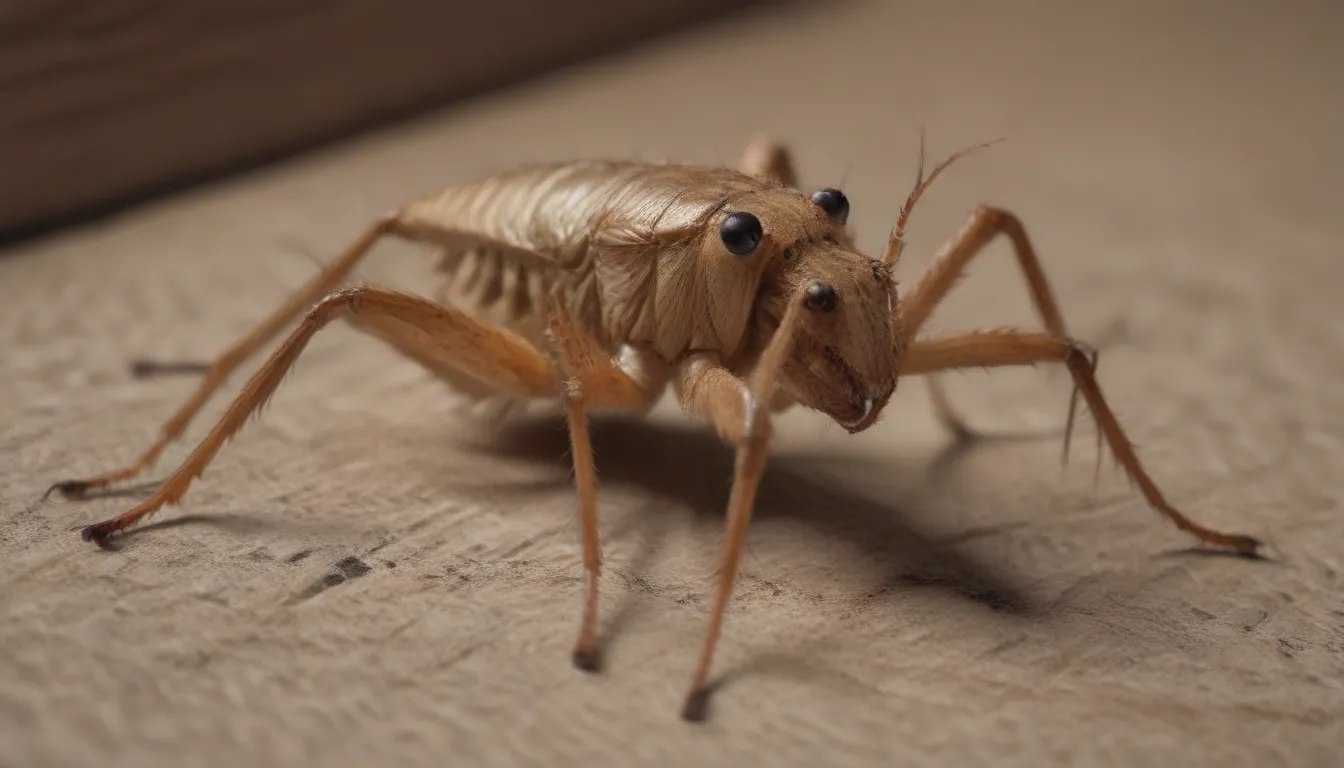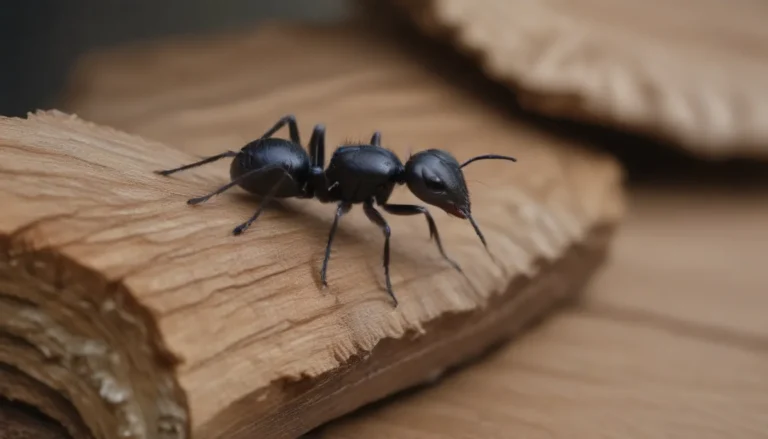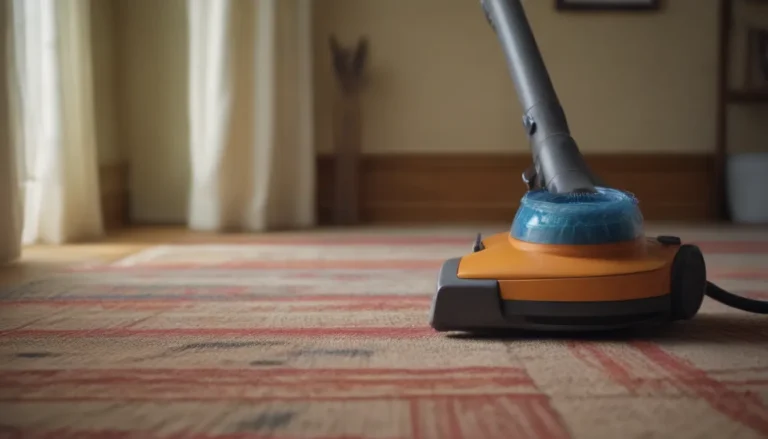Say Goodbye to Spider Crickets: A Comprehensive Guide

Spider crickets, also known as camel crickets or cave crickets, are not your average household pests. With their unique appearance and destructive habits, these creatures can send shivers down anyone’s spine. But fear not, because we are here to help you get rid of spider crickets like a pro. From quick solutions to long-term prevention strategies, we’ve got you covered with everything you need to know.
What Exactly is a Spider Cricket?
Let’s clear up any confusion right off the bat – spider crickets are not spiders at all. Despite their spider-like appearance from a distance, these critters have six legs instead of eight. Up close, you’ll notice their wingless, brown bodies, long antennae, muscular hind legs, and big, beady eyes. What sets spider crickets apart is their erratic behavior and tendency to jump aggressively when threatened. When it comes to diet, spider crickets are omnivorous, feeding on fungi, plants, paper products, garments, and even other insects, including their own kind.
7 Effective Ways to Eliminate Spider Crickets from Your Home
Spider crickets are notorious for congregating in large numbers, hiding in hard-to-reach places, and moving swiftly. To tackle these pests head-on, it’s best to try multiple methods to ensure you eradicate the entire population. Here are seven effective ways to get rid of spider crickets for good:
Seal up Entry Points
Prevent future invaders from making their way into your home by sealing up any cracks and gaps along your foundation, siding, windows, doors, plumbing lines, and dryer vents. Use caulk, weatherstripping, insect meshes, and door draft stoppers to keep spider crickets and other pests out.
Cut the Clutter
Remove clutter from your basement and garage to eliminate potential hiding spots, breeding grounds, and food sources for spider crickets. Keep floors clear, donate or toss items you no longer need, and replace cardboard boxes with plastic ones to deter these pests. Maintaining a well-kept garden can also help keep spider crickets away from your property.
Control the Humidity in Your House
Spider crickets thrive in dark, damp, and humid environments, which is why they are often found in basements, garages, sheds, and crawl spaces. Use a dehumidifier to maintain humidity levels between 30-50% and address any underlying moisture issues such as structural cracks, defective gutters, and improper drainage.
Use Sticky Traps
Quick and effective, sticky traps can help catch spider crickets rapidly. Place traps in areas where you notice high activity, such as corners and behind appliances, and bait them with moldy bread or pet food to lure the pests.
Concoct a Dishwashing Liquid Mixture
Create a deadly trap for spider crickets using dishwashing liquid, water, and a bucket. The soapy water will attract the pests and coat their bodies, causing them to drown. Empty and refill the bucket regularly until the infestation is under control.
Sprinkle Diatomaceous Earth
Diatomaceous earth is a natural and effective insecticide that works by causing microscopic cuts on insects with exoskeletons. Spread diatomaceous earth in areas where spider crickets enter your home, as well as in cracks and crevices, and around the exterior of your house to create a barrier.
Tip: Diatomaceous earth is non-toxic to humans and pets, but it’s important to wear a mask when applying it to prevent inhaling the fine powder.
Use Insecticides (As a Last Resort)
Reserve the use of insecticides as a last resort due to their harsh chemicals and potential harm to beneficial insects. If you opt for insecticide treatment, choose a product labeled for indoor or outdoor use, depending on where the infestation is located. Focus on targeted areas where spider crickets hide, such as corners and cracks, and follow all safety precautions to protect children and pets from exposure.
Warning: Chemical insecticides are toxic and should be used with caution. Ensure treated areas are safe for children and pets before allowing them back in.
Additional Resources for Spider Cricket Control
For more information on dealing with spider crickets and other household pests, check out the following resources:
- United States Environmental Protection Agency: Learn about the importance of controlling humidity in your home to prevent spider crickets.
- University of Minnesota Extension: Discover the causes of moisture in basements and how to address them effectively.
- Pesticide Environmental Stewardship: Find guidelines on using pesticides safely and correctly to protect your home and family.
By following these expert tips and strategies, you can rid your home of spider crickets and create a pest-free environment for you and your family. Don’t let these pesky critters take over – take action today and reclaim your home from spider crickets once and for all!





